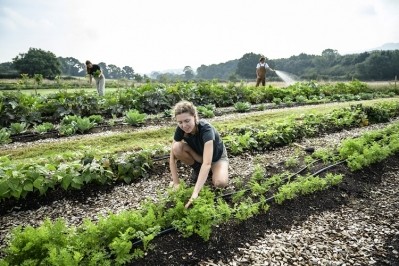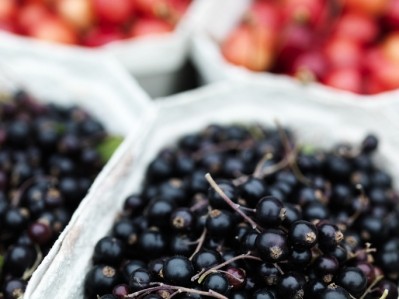Food giants at risk of ‘greenwashing’ over regenerative agricultural practices: report warns

So says a report from the Food and Land Use Coalition (FOLU) that calls for the need to create an outcome-based framework for measuring and assessing regenerative agricultural practices.
Despite its increasing popularity, there is no universally accepted definition of regenerative agriculture. As a result, a lack of alignment risks “confusion among participants about what regenerative agriculture can achieve and misrepresentation of what it can and cannot achieve”, the report said. It added that the lack of both agreed scientific definitions and transparency of implementation of regenerative agriculture “increases the potential for misuse by food producers and greenwashing”.
Regenerative practices are gaining increasing interest among the agri-food industry as a potential solution to problems associated with agriculture such as ecosystem degradation and biodiversity loss, water user and climate change.
Although a universal definition does not exist, regenerative agricultural practices generally aim to improve soil health, enhance water infiltration and storage, increase the resilience of farms, and reduce reliance on chemical inputs.
Corporates are increasingly setting practice-based targets, such as PepsiCo’s 2030 goal to scale regenerative farming practices over seven million acres. Unilever has also gone live with new Regenerative Agriculture Principles, a framework that outlines ‘five priority areas’ the company says are ‘in most urgent need of action and where we can generate the biggest impact’. Nestlé is also investing over a billion euros by 2025 to spark regenerative agriculture across its supply chain. It believes regenerative agriculture plays a critical role in improving soil health, restoring water cycles and increasing biodiversity. These outcomes form the foundation of sustainable food systems and contribute to achieving our ambitious climate targets.
But there is currently an inconsistent understanding of what regenerative agriculture is, and the outcomes it can achieve, said FOLU. The lack of evidence, especially from low- and middle-income countries, means it is difficult to assess what regenerative practices can achieve across farm, landscape and global levels. Farmer experiences are often missing from reporting metrics. But targets lack measurable outcomes at the farm, landscape and global level which limits the understanding of what regenerative agriculture can achieve. It continued: “The lack of definition and misalignment around practices and what qualifies as regenerative can create a risk that companies cannot be held to account for their targets and claims.”
Taking soil health for instance, Unilever states that this is a measure of soil organic matter, microbial biomass activity and diversity, pH and soil nutrient status, and soil structural stability. But in order for these granular soil health outcomes to be robust, and ascertain whether soil is regenerating, it requires a clear baseline measurement and monitoring at a farm level, according to FOLU’s report. “The absence of this level of detail in some outcome-based definitions of regenerative agriculture can and has become a potential source of criticism,” it said.
Its report highlights the need to create an outcome-based framework for measuring and assessing regenerative agricultural practices. “Aligned metrics are needed at different scales, from farm level up to the global level, to improve evidence and research about what approaches are most effective in different contexts; support global alignment; ensure the right incentives flow to farmers and guide practitioners to identify and innovate around site-specific solutions,” it stated.
The report further argued that shifting to regenerative agricultural practices will not be enough on its own. It is also critical to develop and deploy new technologies to sustainably enhance food and nutrition security and productivity, and also transform current food consumption, marketing and distribution patterns.















